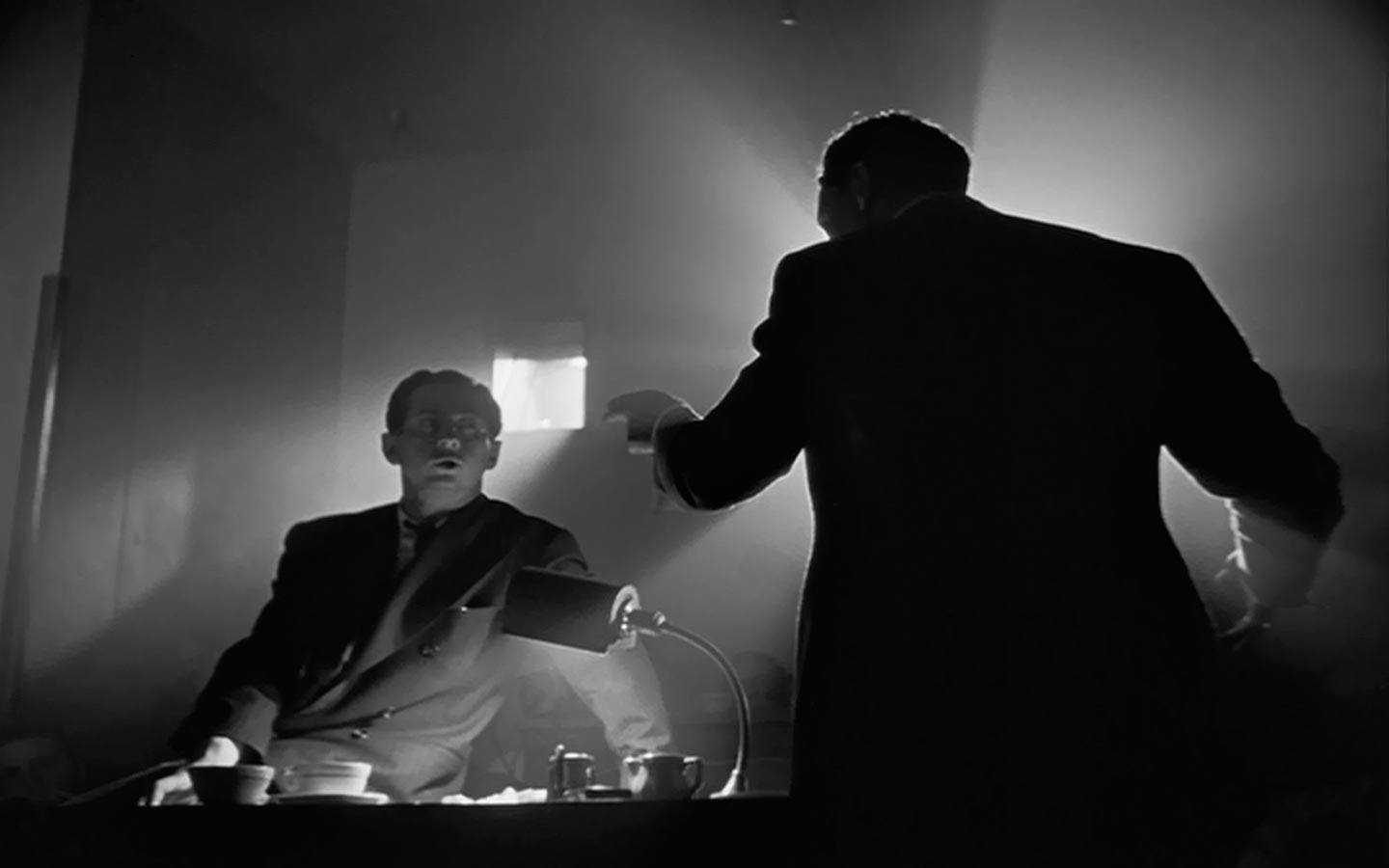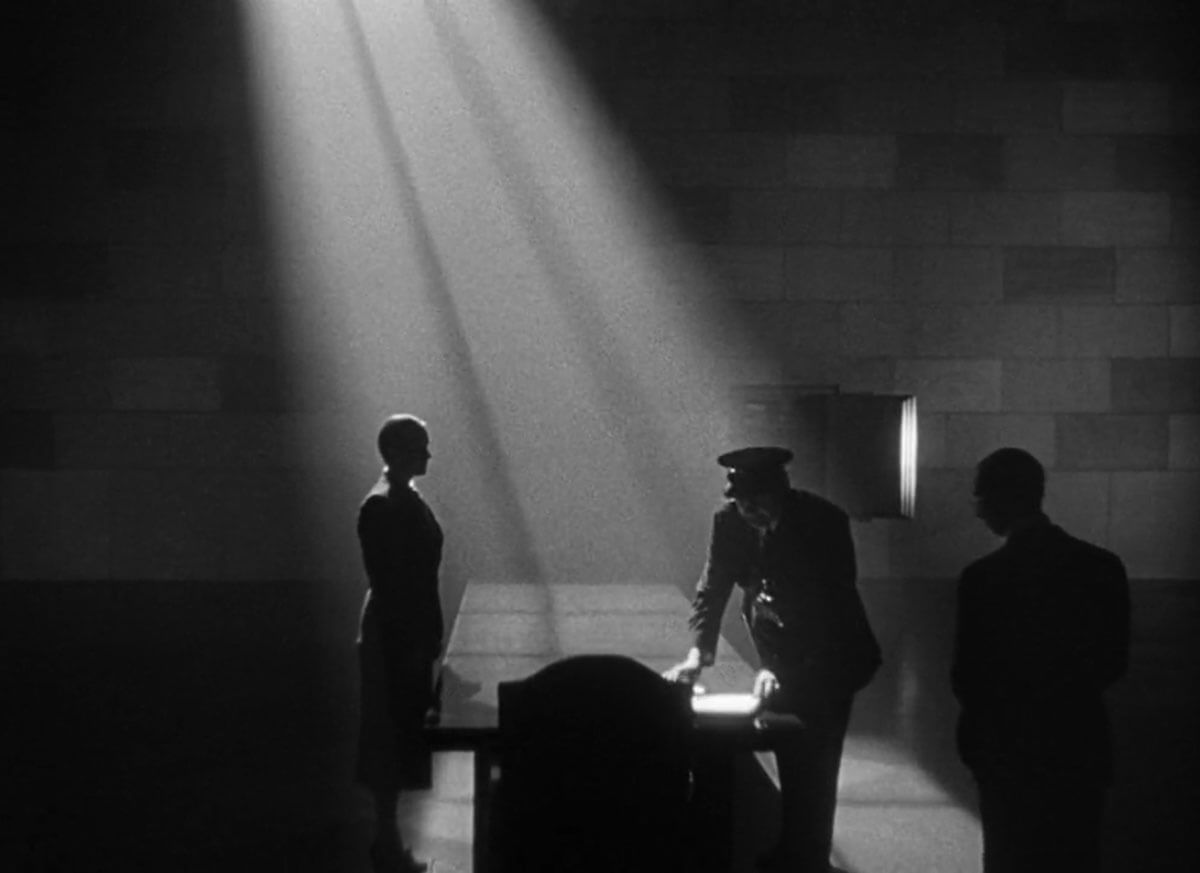This technique added the greatest contribution to the cinematography of Citizen Kane by enhancing its plot development and the audiences perspective. Due to the nature of Charles Kane having an ultimately tragic story and an unsympathetic character arc the use of lighting to represent good would be inaccurately utilized.

6 Ways To Citizen Kane Your Film
This was Welless first feature film.

. Orson welles used the cameo lighting technique frequently in his 1941 masterpiece citizen kane in fact throughout the film welles uses. Mise-en-scene in Citizen Kane. Some of the striking stylistic elements of Citizen Kane include its expressionistic use of lighting its dizzying variety of camera angles and movements its range of camera positions from the extreme close-up to the panoramic longshot its use of wide angle lenses and deep focus to create scenes of a three dimensional background and its inversion of the common setup shot.
For instance in the scene where Kane is appeared after he obliterates Susan s room there is the use of exceptional backlight to cast a shadow over the top portion of Kane s face. Three point lighting fill light key light high key and low key lighting top or under lighting and many. Read More 1399 Words 6 Pages Popular Essays.
Another perfect example of this technique happens in the scene after Kane lost his trial for the governorship. Citizen Kane is an excellent example of sounds but it is also connected to different techniques such as movements and cinematography technique. The lighting has to also do the work potentially done by color palette and tone.
Citizen Kane is considered by many critics and experts to be the greatest film ever madeFor 50 consecutive years it stood at number 1 in the British Film Institutes Sight. In the times when films were black and white the use of light is not easily visible. Throughout the movie Citizen Kane 1941 the director Orson Welles plays with lighting to give his settings dynamic gradients and strong shadows.
MankiewiczThe picture was Welles first feature film. The two rectangular beams of light shining through an illuminated back room present the silhouettes of the standing Mr. In cinematography there is different types of lighting such as.
Techniques such as single source lighting creative use of shadows montage obscure camera angles and deep focus photography make the film more enthralling visually but also contributed to the narrative and many of the themes. Its components brought together the following aspects. For example in Citizen Kane extreme deep focus diverse camera angles including low angles that exposed set ceiling and unusual use of lighting and deep shadows all these techniques were used in the film.
Despite this loss the audience does not view Kanes splendor lowered. Welles use of camera angles lighting movement symbolism and expression allow the audience to comprehend and understand the themes such as power and exploitation that are present in this movie along with many other themes that pertain to the life of the main character Charles Foster. Deep focus a stylistic technique that uses wide-angle and small lens apertures to focus simultaneously on near and far planes was used in many scenes within this film.
Experimenting with creative storytelling techniques and non-linear plot construction the director treated the time parameter sensitively replacing time continuity of real scene by a subjective continuity controlling the rhythm and. Use Cameo lighting to accentuate actors and props Orson Welles used cameo lighting and other mixed lighting techniques throughout Citizen Kane as a way to direct the eye of the viewer and give emphasis to the most important elements in a scene. Some of the innovations were in cinematography storytelling techniques and special effects lighting.
The use of lighting styles is necessary in films to bring attention to the scene and to be able to produce an interesting film. Citizen Kane is a 1941 drama film directed by Orson Welles and praised for its innovative sound and editing methods in cinematography. In Citizen Kane the editing is essential to facilitate the story and add to the mystery of the film.
One such innovation was a technique known as the. Orson Welles used the cameo lighting technique frequently in his 1941 masterpiece Citizen Kane. This becomes most apparent just after the news on the.
Citizen Kane is a 1941 American drama film produced by directed by and starring Orson WellesHe also co-wrote the screenplay with Herman J. In citizen kane orson welles lighting decisions allowed. Three point lighting fill light key light high key and low key lighting top or under lighting and many more.
Gregg Toland the cinematographer Welles chose for Citizen Kane had used the technique in an earlier film he had worked on The Long Voyage Home but Citizen Kane marked the first time it was used so extensively or effectively. Another essential dramatic attribute that Citizen Kane contains is lighting. As such a likely explanation for the use.
In Citizen Kane the dissolve transition editing technique is heavily used in the beginning of the film to create mystery and suspense and superimposition is used during Kanes death to help symbolize what Rosebud means. Citizen Kane is a 1941 American drama film directed co-written produced by and starring Orson Welles. The director of Citizen Kane had the choice of making.
The Use Of Light In The Film Citizen Kane. In Citizen Kane Orson Welles lighting decisions allowed him to convey more implicit messages about the action on screen and reveal an almost opposite. Director Welles utilized outrageous backlighting to capture the dramatic mood.
What kind of lighting is used in Citizen Kane. The Lighting of Citizen Kane. Lighting is a crucial element of mise-en-scene in all films but especially so in black and white cinema.
The lighting style in citizen kane is decidedly chiaroscuro and owes a debt to german expressionism while also prefiguring the visual style of. The use of lighting reflects within color because it gives the audience more to look at and it becomes very noticeable when the light changes for a specific scene. With this film Welles introduced many new filmmaking innovations.
In Citizen Kane Orson Welles and Greg Toland brilliantly use techniques like lighting camera angle and scene composition to evoke emotion and feeling within the viewer. Citizen Kane introduced Hollywood to the creative potential of other cinematic techniques as well. Rawlston and the sitting Jerry Thompson the two most important characters in the room.
A Synthetic Approach nd. Use of a subjective camera unconventional lighting including chiaroscuro backlighting and high-contrast lighting prefiguring the darkness and low-key lighting of future film noirs inventive use of shadows and strange camera angles following in the tradition of German Expressionists. In every scene of the movie the lights are manipulated to communicate something about the given setting or characters.
In Citizen Kane Orson Welles lighting decisions allowed him to convey more implicit messages about the action on screen and reveal an almost opposite. Another technique is the lengthy takes which go hand in hand with deep focus shots Citizen Kane. Throughout the film lighting sets the mood of the scene and helps the viewer distinguish between who is a good character and who is a bad character.
In many situations in cinema darkness and light are used to symbolize good and evil but that is not the case in Citizen Kane.

Cameo Lighting Explained What It Is And How To Use It Videomaker
Lighting In Citizen Kane Blunt Comedy Reviews By Conor Chepenik

6 Ways To Citizen Kane Your Film

The Lighting Of Citizen Kane Media Design And Criticism

Cameo Lighting Explained What It Is And How To Use It Videomaker

Make The Most Of Mood Lighting Ecg Productions

6 Ways To Citizen Kane Your Film

Cameo Lighting Explained What It Is And How To Use It Videomaker
0 comments
Post a Comment